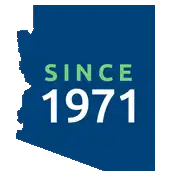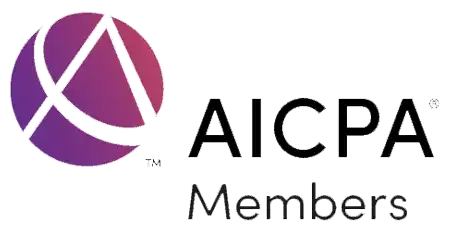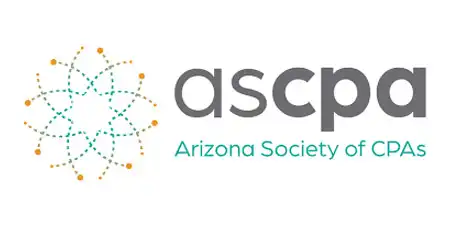Preparing for the New GASB Lease Standard
GASB 87 is effective for governments with a June 30 year-end for the year ending June 30, 2022.1 Recently, the Arizona Auditor General issued (with our gratitude) the following guidance, which we have revised only slightly.
In June 2017, the Governmental Accounting Standards Board (GASB) issued “Statement No. 87 – Leases” (GASB 87). GASB 87’s objectives are to enhance the information needs of financial statement users by:
- improving how governments report leases;
- enhancing the comparability of financial statements between governments; and
- improving the relevance, reliability, and consistency of information about governments’ leasing activities.
GASB 87 modifies the definition of leases for reporting purposes. Accordingly, governments must determine whether contracts that convey the right to use another entity’s nonfinancial asset, such as property, equipment and vehicles — including contracts not explicitly identified as leases — must be reported as leases under GASB 87.
- See also: “Accounting for Leases” (Government Finance Officers Association)
Governments may enter into leases for many types of assets. Under previous guidance, leases were classified as either capital or operating leases — depending on whether the lease met certain criteria — with different reporting requirements for each type. GASB 87’s definition of leases excludes contracts that transfer ownership; therefore, such contracts previously classified as capital leases are not covered by GASB 87 requirements and are instead reported as financed purchases.
Other previously classified capital and operating leases will now be accounted for under a single reporting model that requires:
- lessees to recognize a lease liability and an intangible right-to-use leased asset; and
- lessors to recognize a lease receivable and a deferred inflow of resources.
It is more common for a government to be a lessee (leasing property or equipment), but a government may also be a lessor if, for example, it leases unused space to a third party.
The new lease accounting standards represent the most far-reaching changes GASB has introduced in several years. For governments with a significant volume of leases, implementation efforts may take well over a year.
Also, implementation may significantly impact not just the finance department, but also many departments and stakeholders at various levels across the organization.
Finally, changes in processes and internal controls are likely necessary to identify all material leases2 and capture the underlying data as necessary to efficiently apply the new lease standard.
WHAT SHOULD YOU BE DOING NOW TO PREPARE?
Achieving compliance requires early planning and assessment. Governments should become familiar with the new standard, identify key personnel and responsibilities, and develop a comprehensive plan that includes implementation milestones.
One of the biggest implementation challenges that governments will face is determining their complete population of leases. Determination and analysis of the lease population, as further discussed below, will aid in the successful implementation of GASB 87.
Take a complete inventory of all contracts to identify the lease population. Not every lease under the new standards will be called a lease in its existing contract. Also, leases may be embedded within service contracts and agreements.
For example, a school district’s contract for student transportation services may include the use of the contractor’s buses. If the contract allows the school district to control aspects of how those buses are used, that service contract may include an embedded lease of buses under GASB 87.
Procedures to help identify leases, including embedded leases, may include the following:
- Consult with legal and procurement departments and with employees who are most familiar with contracting processes.
- Consult with operational departments, as needed, to identify contracts maintained in decentralized systems outside the business or procurement areas.
- Scrutinize accounts payable data to identify significant vendors and recurring payments that could be lease arrangements under the new guidance.
- Analyze rent expenses and revisit rental agreements for property and equipment.
- Evaluate construction projects and related agreements for potential lease arrangements.
- Review service contracts that include the use of tangible assets to provide the related services.
- Re-evaluate previous operating leases in which the government is the lessor, to ensure proper recognition of lease receivables and deferred inflows of resources under the new guidance.
The individuals with the best knowledge of contracts should help identify unrecorded leases, taking a close look at all operations. Governments should undertake careful upfront planning to identify a complete lease population and, as new and modified contracts are executed, establish appropriate policies and procedures. Identifying embedded leases can involve considerable time and judgment because, in the past, many of those contracts may not have been identified as leases.
Analyze the lease population and determine scope. After all potential leases have been identified, the government should evaluate and analyze them to determine if they meet the new GASB 87 criteria. Excluded from GASB 87 reporting are leases that:
- are determined to be short-term (i.e., those with a total possible term of 12 months or less) or
- transfer ownership of the underlying asset.
Governments should work closely with their internal and external auditors to determine appropriate materiality thresholds for lease reporting. This materiality assessment should consider the significance of the lease liability and asset for lessees, and the lease receivable and deferred inflow of resources for lessors. Governments should revisit their lease thresholds at least annually to ensure that all material leases, either individually or in the aggregate, are reported.
Identify opportunities to leverage technology as part of the implementation process. The new lease standard requires significantly more data and calculations to produce accounting journal entries and disclosures for lease reporting.
Governments that identify numerous leases across departments should consider centralizing storage and management of lease agreements using IT solutions to facilitate transition to the new lease standard. Governments that choose to implement a new IT tool to manage leases will need to allow additional time in their implementation process to ensure the new tool will be fully operational.
CONCLUSION
As should be clear after a review of this guidance, understanding, preparing for and complying with GASB 87 will require advance planning, attention to detail, and the assistance of the government entity’s audit firm.
As always, Walker & Armstrong’s audit and advisory services teams stand ready to advise and assist our local and tribal government and quasigovernmental clients, and to provide staff training as needed.
To initiate the process of preparing for GASB 87, contact your Walker & Armstrong audit professional today.
[1] GASB Statement No. 95 – Postponement of the Effective Dates of Certain Authoritative Guidance.
[2] GASB standards need not be applied to immaterial items.




